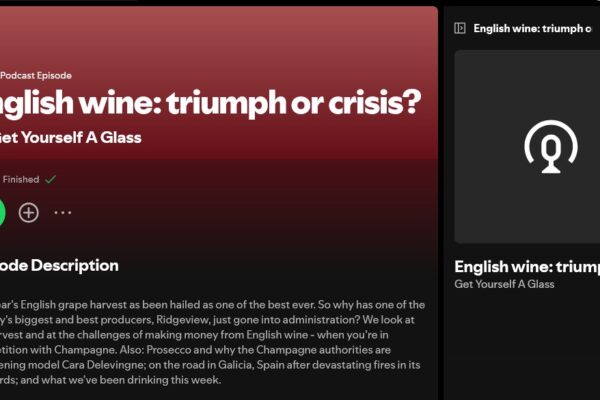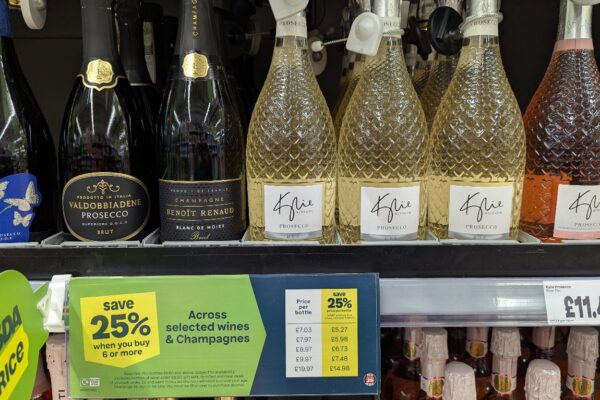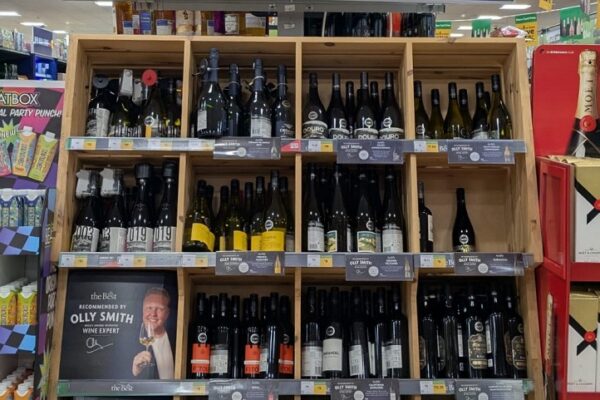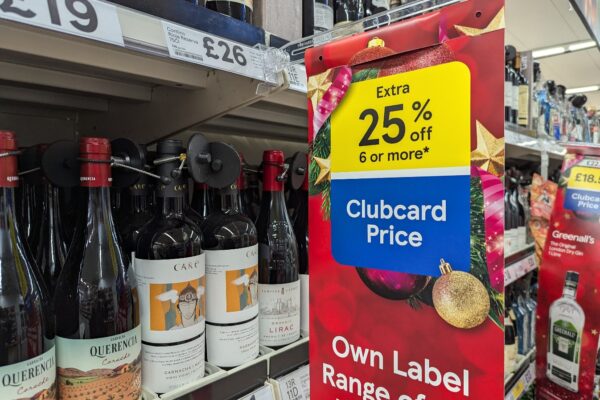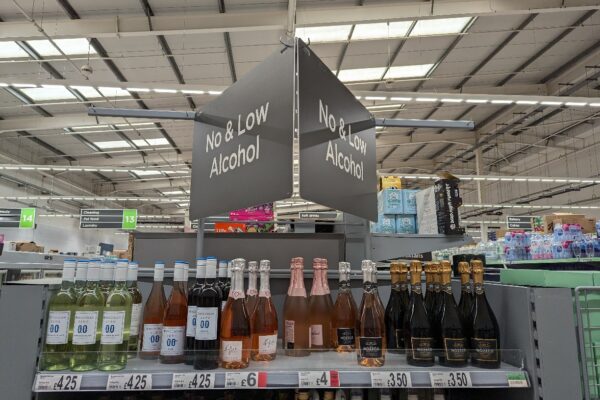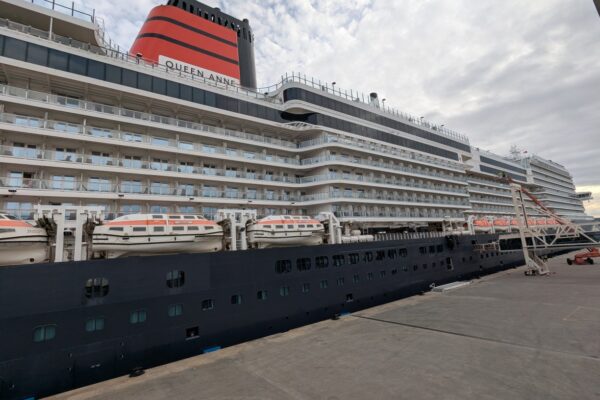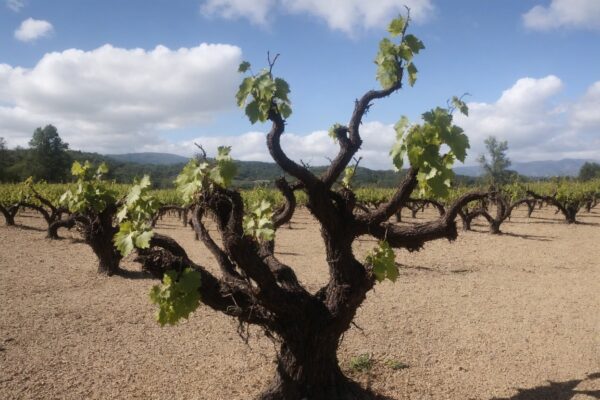
New research looks into the impact of verbal descriptions on wine tasting experiences, focusing on two types of wine—Riesling and Muscat Bailey A (MBA). The study included 46 participants divided into social drinkers and wine experts. They were presented with wines accompanied by different descriptions and asked to evaluate various attributes such as palatability, sweetness, acidity and expensiveness.
The findings reveal that verbal descriptions indeed influenced the participants’ perception and evaluation of the wines, though the effects varied between social drinkers and experts. For instance, the description containing a ‘petrol’ note for Riesling led social drinkers to perceive the wine as heavier-bodied and more expensive. In contrast, wine experts rated the same Riesling as less expensive with the ‘petrol’ descriptor. For the MBA wine, when described with a ‘strawberry candy’ note, social drinkers found it more expensive, while wine experts found it more palatable.
The study concludes that while verbal descriptions can modulate flavour perception and evaluation, their influence differs between novice and expert tasters. The research highlights the complex interaction between sensory perception and verbal cues in shaping wine tasting experiences.




